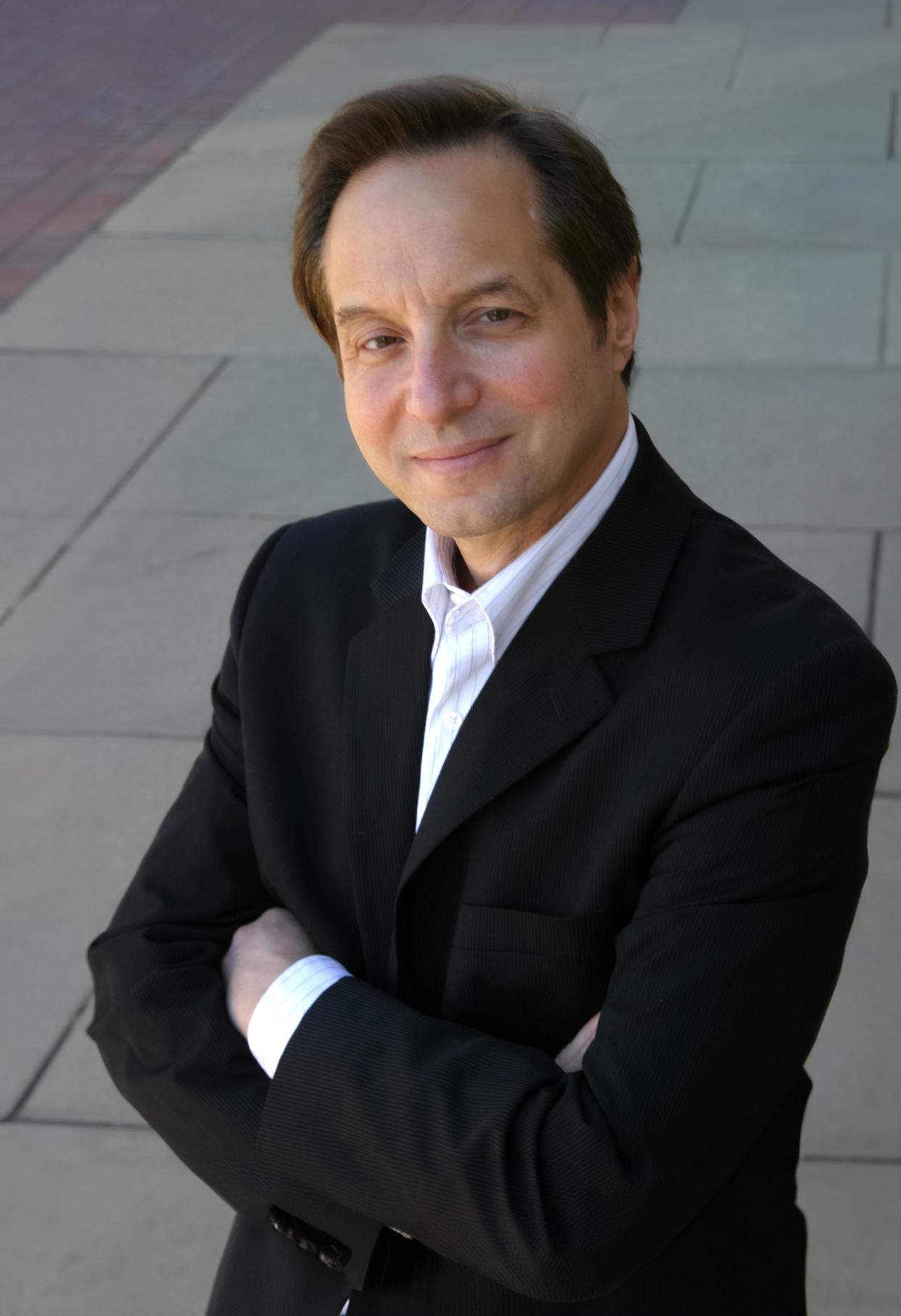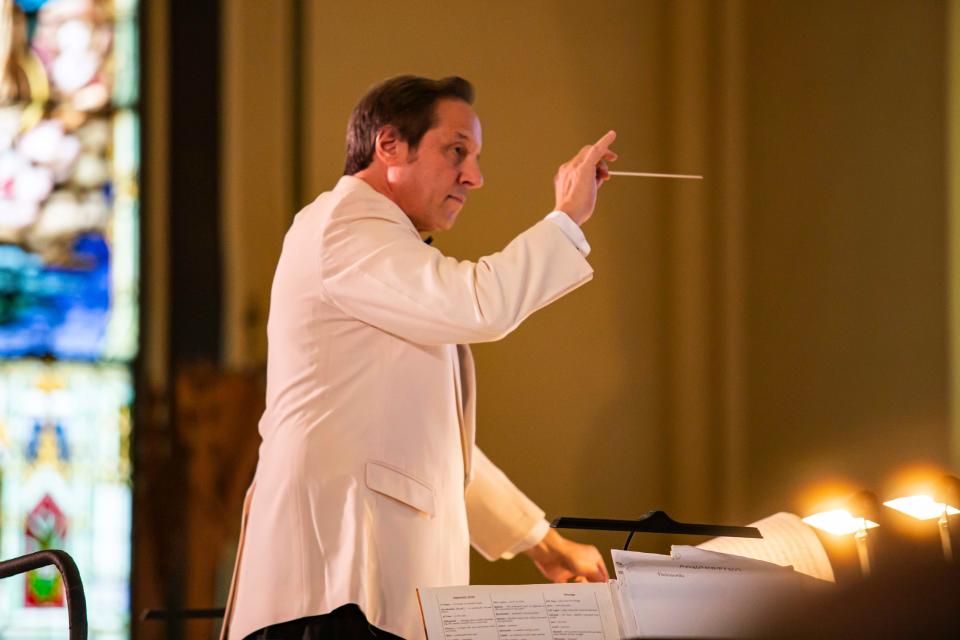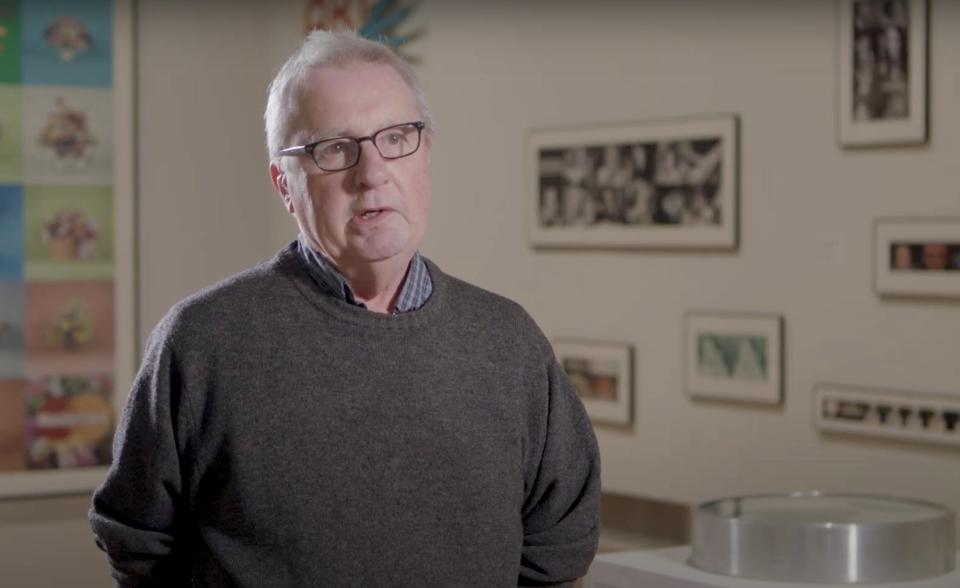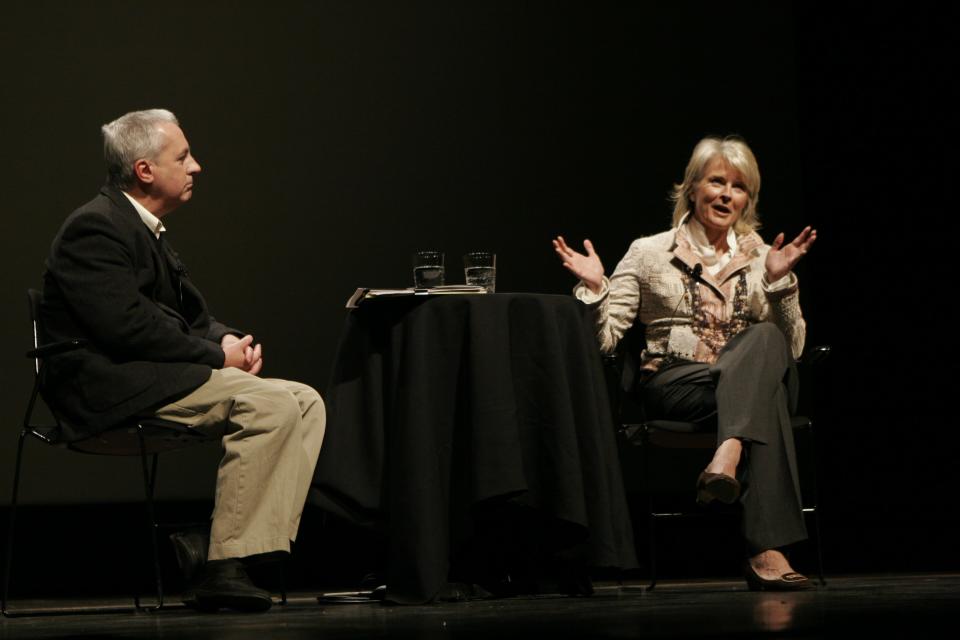Pillars of the art world: Gary Sheldon and Bill Horrigan leaving their posts

This fall, two longtime central Ohio arts leaders announced they would be leaving their posts.
Conductor Gary Sheldon, the artistic director of the Lancaster Festival, will make next summer’s festival his last; and arts curator Bill Horrigan, among the founding curators at the Wexner Center for the Arts, retired this fall.
In many ways, Sheldon and Horrigan have very different roles: one (Sheldon) is visible to the public, while the other (Horrigan) toils behind-the-scenes. Yet both have accumulated more than three decades of service, and both leave behind substantial and widely praised legacies.
The Dispatch recently caught up with both leaders to discuss their careers, their plans for the future and their reflections on a period of great change in the arts scene in central Ohio.
Gary Sheldon: Lancaster’s maestro
Gary Sheldon has not maintained a residence in Columbus since the late 1980s, but he has been traveling in and out of central Ohio for more than 40 years.
In 1982, Sheldon moved to Columbus to become the interim music director of the Columbus Symphony; two years later, he was named the group’s associate conductor.
“I had such a warm relationship with the musicians of the Columbus Symphony from the start,” Sheldon said. “One knows when there’s chemistry and when there isn’t.”
In 1988, Sheldon left the symphony to pursue other conducting opportunities, but that chemistry he felt with musicians and artists in central Ohio has persisted — and has resulted in trips back to central Ohio every summer since.
The same year that he departed the symphony, Sheldon was tapped to lead the Lancaster Festival, a music-and-arts event in Fairfield County that had been launched in 1984.
Sheldon now makes his home in Fort Lauderdale, Florida, but he has continued to be the public face of the Lancaster Festival, overseeing its overall programming and conducting its orchestra, which consists of musicians who travel from all parts of the country to accompany national artists ranging from Amy Grant to Vince Gill.

Yet, after next year’s Lancaster Festival, Sheldon will step away to pursue other passions.
“It’s never time to leave friends,” said Sheldon, 70. “But that said, there does come a time to still try something new.”
Sheldon plans to focus on his main job when not leading the Lancaster Festival — leading the orchestra that accompanies the acclaimed Miami City Ballet — and doing more original compositions.
One of two children born to Richard and Ruth Sheldon in Bay Shore, New York, Sheldon credits a grandfather’s gift of a piano with his early interest in music.
“It was during the holidays, and I managed to play all the Christmas songs by ear within a week,” said Sheldon, who subsequently earned a degree from the Juilliard School in New York, apprenticed with leading conductors Leonard Slatkin and Walter Susskind and completed further studies at the Institut de Hautes Etudes Musicales in Switzerland.
More: What are you doing New Year's Eve? Here are some Columbus restaurants offering big plans
During his tenure with the Columbus Symphony, Sheldon led chamber concerts at Downtown’s Trinity Episcopal Church and conducted the full symphony in accompaniment of numerous performances of BalletMet. He also composed or arranged music for original choreography by BalletMet leaders Wayne Soulant, John McFall and David Nixon.
But his biggest legacy was bringing into existence the Lancaster Festival Orchestra.
During the seasons prior to Sheldon’s arrival, the festival had the Columbus Symphony on hand to perform, but that relationship ended when the symphony started focusing on its own Picnic With the Pops summertime programming.
Thus, an all-new orchestra was formed expressly for performances each summer in Fairfield County.
“We received approximately 800 resumes from which we heard 200 auditions around the country,” Sheldon said. “After all, we were trying to fill 65 positions.”
About a half-dozen musicians from that first season still remain a part of the orchestra, whose members are invited to stay in the homes of “host families” during the duration of the festival.
“Having the musicians of our orchestra live with people in the community first of all gave the musicians a very comfortable place to reside and to practice,” Sheldon said. “It (also) enabled the musicians and our community hosts to really get to know one another.”
Deb Connell, the executive director of the Lancaster Festival, acknowledges the void that will be left following Sheldon’s departure.
“He’s been such a creative partner for the festival,” Connell said. “He’s going to be very difficult to replace.”
The search for a new conductor of the orchestra will commence sometime next year; other duties that Sheldon has been responsible for will be split up among various festival committees.
But Sheldon — who is married to Janet, a former ballerina, and whose “blended family” with his wife consists of eight children — is certain he’s making the right call.
“I’m excited about some new possibilities,” Sheldon said.
He’s also certain about the festival’s future.
“What impressed me from the beginning was how everyone in the community . . . wanted to participate and had a genuine contribution to make,” he said.

Bill Horrigan: The Wexner Center’s pioneer
Since its inception in 1989, the film/video program at the Wexner Center for the Arts has been hard to define.
One week, an important contemporary documentary might be shown; the next, a classic from the Golden Age of Hollywood. Important foreign-language films and barrier-breaking films from the art world coexist.
Much of that eclecticism is attributable to the founding director of the film/video program, Bill Horrigan.
“I assumed that Columbus is not a monolith, and that there were probably a huge number of subcultures,” Horrigan, 73, said of his initial approach to programming at the arts center on the campus of Ohio State University. “Let’s do whatever we want and see who shows up.”
The approach proved successful.
More: Columbus author dips into the history of Ohio's famous buckeye candy with new book
“I remember once we showed a film about a famous bluegrass artist,” Horrigan said. “Somebody said, ‘Why are you showing that?’ And I said, ‘Well, I think people might like it.’ And it was a huge hit.”
Horrigan’s colleagues at the Wexner Center credit him with his instincts about which films are important to show and might find receptive viewers.
“A documentary would come out, and Bill would be aware of a subgroup that I maybe wouldn’t think of right off the top of my head, but Bill would have a sixth sense for knowing that there would be (an audience) that would be into that film,” said David Filipi, the present head of the arts center’s film/video department.
A native of Joliet, Illinois, Horrigan is one of eight children born to John and Margaret Horrigan. A formative cinematic experience came when he was in high school and, somewhat by happenstance, peeked in on a silent film being shown as part of a film club.

“I was just watching it, and then I started listening — this priest was giving a lecture and he was talking about cross-cutting — and I just found it interesting,” said Horrigan, who developed a lasting influence in the cinematic medium.
He earned a doctorate in film from Northwestern University.
Horrigan then held positions at the Walker Art Center in Minneapolis and the American Film Institute in Los Angeles; the latter position afforded him the opportunity to be introduced to the experimental filmmaking scene — an interest that carried over into his days at the Wexner Center.
“There was a whole independent media scene in LA that I got really involved in,” Horrigan said. “I’d never really embraced avant-garde or independent media in a big way until I was in LA.”
When he received the invitation to join the Wexner Center, its famously notably unusual building, designed by the renowned Peter Eisenman and Richard Trott, had not even been completed.
Horrigan remembers the first week of film programming.
“The very first film we showed was a restored print of ‘The Fountainhead,’ and it was from the Library of Congress,” said Horrigan, referring to director King Vidor’s 1949 film version of Ayn Rand’s novel starring Gary Cooper.
Horrigan says that the source of the print — the Library of Congress — helped establish the film/video department’s credibility from the get-go. Plus, in a bit of humor, the film itself in some ways related to the arts center’s controversial architecture: “(‘The Fountainhead’) is about a megalomaniac architect,” he said.
Besides programming films, Horrigan saw the possibilities of the Wexner Center’s art and technology studio to bring in filmmakers to work on their projects; under his leadership, the studio, which today is called the film/video studio, became a fully equipped post-production facility for filmmakers, including experimental directors such as Sadie Benning and Phil Collins.
More: Winners of the Holiday Indoor Decorating Contest announced
“It’s become a kind of signature facility,” Horrigan said.
Along the way, Horrigan made contact with leading American and international filmmakers, including controversial American director John Waters, whose visual art was presented at the Wexner Center just as the filmmaker was moving into the art world.
“It was like his first museum show, in a way,” Horrigan said.
Horrigan also had something of a correspondence-by-fax with French experimental filmmaker Chris Marker (1921-2012), who in time accepted commissions from the Wexner Center to produce a pair of widely heralded works, including “Silent Movie.”
“He would just fax all the time, and then I would go to Paris and visit him,” Horrigan said.
In 2010, Horrigan left the film/video program to roam freely across disciplines as the Wexner Center’s curator-at-large.
“There was always some exhibition I was working on,” said Horrigan, who brought in touring exhibitions and generated shows for which he was responsible, including an exhibition of photographs by Annie Leibovitz in 2012.
Horrigan, a resident of Upper Arlington, reflects on his tenure with gratitude.
“I’ve been able to do a ton of stuff,” Horrigan said. “I’m super-grateful to the institution for letting me do that.”
tonguetteauthor2@aol.com
This article originally appeared on The Columbus Dispatch: Gary Sheldon of Lancaster Festival and Bill Horrigan of the Wex retire

